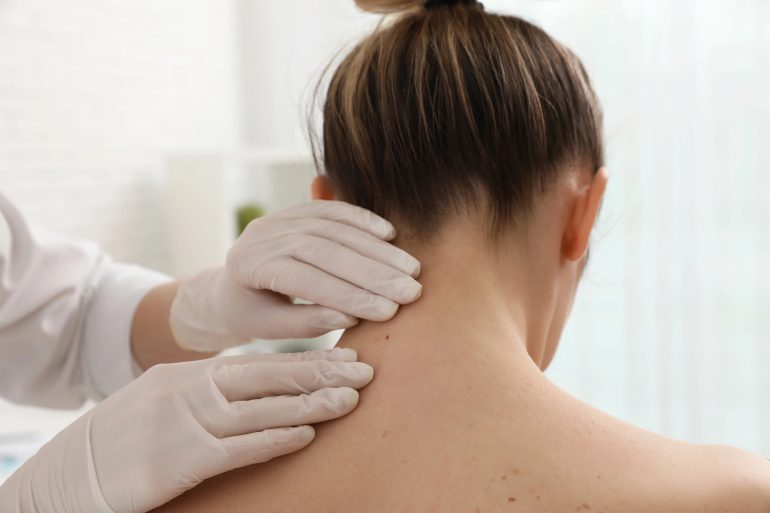Skin cancer in the Netherlands is on the rise. It’s the form of cancer growing the fastest in the country, according to a report recently released by the Cancer Centre of the Netherlands (IKNL). It’s also the most common type of cancer in the Netherlands. Skin cancer cases have been increasing for several years, and the numbers are predicted to continue climbing, which the IKNL suggests will likely impact patients and increase pressure on healthcare resources. The recently released IKNL report offers a comprehensive review of skin cancer in the Netherlands through 2022 – it’s an update of a similar report published in 2019.
Every year, around 75,000 individuals in the Netherlands are diagnosed with some form of skin cancer, which places serious pressure on healthcare resources. The average hospital in the Netherlands takes in around 1,085 new skin cancer patients every year. Over the last 10 years, each hospital in the Netherlands has cared for an average of 7,071 skin cancer patients. There are currently around 487,867 people living after a skin cancer diagnosis received at some point in the last decade.
Basal cell carcinomas (BCC) were the most frequently diagnosed form of skin cancer, followed by squamous cell carcinomas (SCC). There were around 51,000 new BCC diagnoses and close to 15,000 SCC diagnoses per year. BCCs don’t typically metastasize, and both BCCs and SCCs are rarely fatal. While the actual numbers of BCC and SCC diagnoses have risen, there appears to have been little change once corrected for factors such as population growth and aging.
Melanoma diagnoses have slightly increased. There were around 8000 new melanoma diagnoses annually, with older individuals largely driving the rising numbers. The largest increase was seen in those over 80. Melanoma tends to be a particularly aggressive form of skin cancer, but since 2004, the 10-year survival rate has risen from 82 to 89 percent.
People who have had skin cancer in the past are likely to have similar problems in the future, which leads to the need for long-term post-treatment monitoring. Anywhere from 25 to 50 percent of BCC and SCC patients end up with new skin cancers that require additional treatment. The combination of evaluating new cases, treating newly diagnosed skin cancers and providing follow-up care for patients who have already been treated but require long-term monitoring places serious demands on dermatologists’ time.
The predicted further rise in the number of skin cancer patients is likely to place increasing financial demands on the healthcare system. The costs associated with treating skin cancer have also risen, partially due to advances in treatment choices and the use of options such as immunotherapy and targeted therapy that tend to be relatively expensive. Since 2019, there has been a slight drop in immunotherapy treatments for stage III melanomas and a corresponding increase in its use for stage IV melanomas. There was a slight increase in the use of targeted therapy for stage III melanoma.
The IKNL has several suggestions for addressing the coming challenges, including emphasizing innovation and prevention. AI will likely play an important role in the future, particularly in areas such as treatment and follow-ups, the ways in which care is organized and delivered and the identification of risk groups. ‘We are increasingly trying to use prediction models to predict who has a higher risk of, for example, metastases or consecutive skin cancers. We also need to think about using smart technologies (with AI, for example) to support people at home in self-assessing skin spots,’ states Dr. Marlies Wakkee, a dermatologist at Erasmus MC, in the IKNL report. When it comes to prevention, the IKNL suggests that reducing sun exposure and sunbed use could help check the rise of new skin cancer diagnoses. The National Skin Cancer Action Plan was introduced in 2021, and The National Skin Fund has been running a campaign entitled ‘Prevent Skin Cancer’ since 2023.
Written by Lorre Luther
